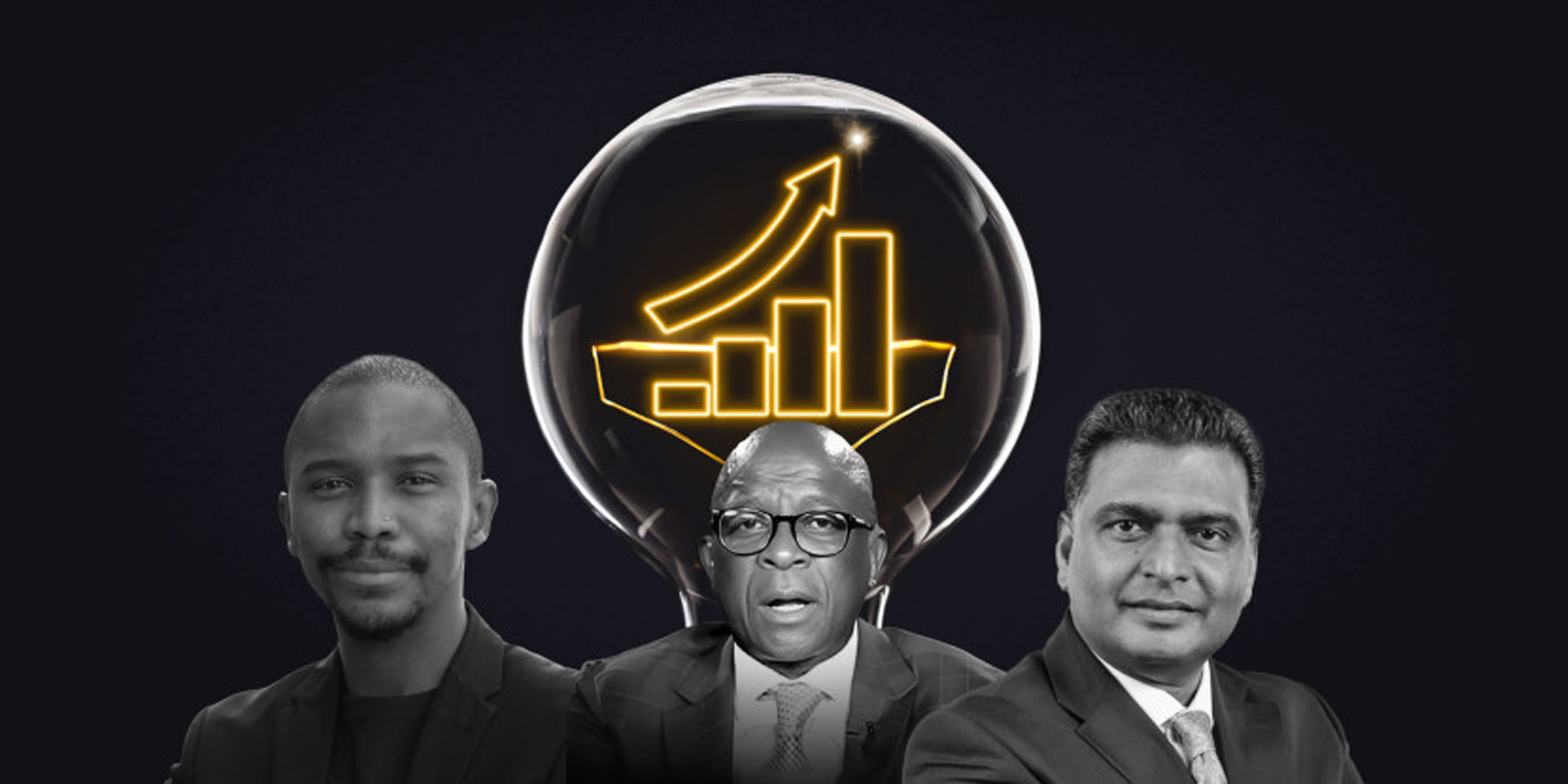Webinar link: https://youtube.com/live/zdP3RtaAid0
Eskom and electricity prices are currently top of mind for many people, particularly in light of recent revelations that the power utility has applied for tariff increases of up to 44% for next year, while the National Energy Regulator of South Africa (Nersa) has published Eskom’s revenue application for 2026 to 2028 and opened it for public comment.
Business Maverick associate editor, Ray Mahlaka, sat down with Brian Sechotlho, head of electricity pricing and tariffs at Nersa, in a live journalism webinar to take viewers behind South Africa’s high and unsustainable electricity prices.
Mahlaka opened the webinar noting that electricity prices have increased by more than 500% since 2007. Although Eskom was invited to participate in the webinar and initially accepted, Eric Shunmugum, general manager in the office of the group executive generation at Eskom, pulled out just hours before it went live. The power utility said it could not talk about electricity tariffs at a time when its revenue application for 2026 to 2028 had just been published by Nersa.
Read more: ‘We’re not coping’ — Daily Maverick readers buckle under strain of sky-high electricity costs
The state-owned enterprise has applied for total revenues of R446-billion for the 2026 financial year, R495-billion for 2027 and R537-billion for 2028.
If Nersa accepts these figures, it could translate to the following proposed average price increases for Eskom direct customers:
- 36.15% (1 April 2025 to 31 March 2026)
- 11.81% (1 April 2026 to 31 March 2027)
- 9.10% (1 April 2027 to 31 March 2028)
Sechotlho explained that Nersa is guided by the Electricity Regulation Act, which states that the regulator must allow an efficient entity to recover its full cost of supply plus a reasonable return on money. To accomplish this, Nersa developed the multi-year price determination (MYPD) methodology.
“This includes the total supply costs which would be salaries, operating costs, depreciation and maintenance. It would also include a return (determined by Nersa) on its asset base. For example, if the asset base is R200-billion, and the return is 10%, then that means that you’ll be giving them R20-billion, and when you add in the costs, it gives you the total revenue Eskom needs to recover,” he said.
He also pointed out that the proposed tariffs are average tariffs. Eskom’s customers include industrial businesses, commercial businesses, residents and even agricultural customers.
“Each customer class would have their own status that is set for them, and this will be based on their cost drivers. For example, industrial customers are on high voltage but residential customers are at the lowest voltage level – and that determines what tariffs each customer gets charged,” he said.
The three aims of the MYPD methodology are to:
- Ensure that Eskom is financially sustainable
- Allow for affordable supply to customers
- Consider the impact on the overall economy
Addressing the third point, Sechotlho said this would translate to reviewing unnecessary inflationary increases. For example, last year Eskom requested a tariff increase of more than 32% but Nersa authorised an average tariff increase of 18.65% to kick in from 1 April 2023.
“That’s more than 12% we cut out, which Eskom is now trying to balance. If we only considered Eskom, it would probably have been higher but we have actually limited the return to protect customers,” he told Mahlaka.
One of the other difficult factors has been the need to build new power stations.
“The initial estimated costs of the three large power stations were much lower than the actual costs and that is a large part of the reason for the high increases that we've seen,” Sechotlho said.
Public consultations
Now that Nersa has published Eskom’s revenue application for the next three financial years, it is open for public comment until 1 November. There is usually a 30-day period for written comments before public hearings are undertaken in the different provinces. Nersa then conducts its own analysis and after taking stakeholder and customer feedback into account, presents recommendations to the board, which then decides what tariff increases will be approved.
However, Mahlaka raised the point that Eskom has been battered by corruption over the years.
“Is the public paying, in part, at least, for Eskom’s own failures?” he asked, adding that the electricity charges currently seem quite punitive.
However, Sechotlho refuted this, pointing out that the advent of renewable energy has led to a reduced demand for electricity, which means lower generation is required and this should lead to reduced costs.
“You will need less staff and the renewable energy sector is part of the change in the industry. Theoretically, prices should get lower with more competition. However, while we are considering other international models, you have to take into account South Africa’s unique characteristics.
“A solution that works in a European country cannot be cut and pasted into this economy where we have the highest unemployment rate in the world,” he said.
Read more: Why review power tariffs when councils, government and citizens fail to pay in the first place?
Another negative factor leading to higher tariff increases is that many Eskom clients, including municipalities and even schools, have simply not been paying their bills.
Nhlanhla Ngidi, the head of electricity and energy at the South African Local Government Association, told Cape Talk a month ago that while municipalities collectively owed Eskom more than R78-billion, residential consumers owed municipalities a hefty R347-billion. DM





